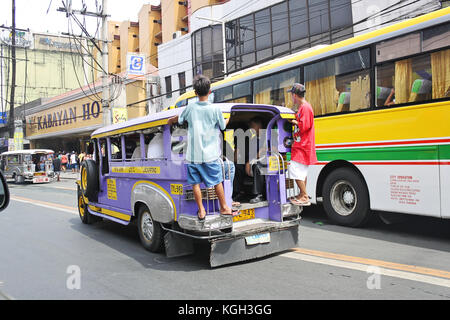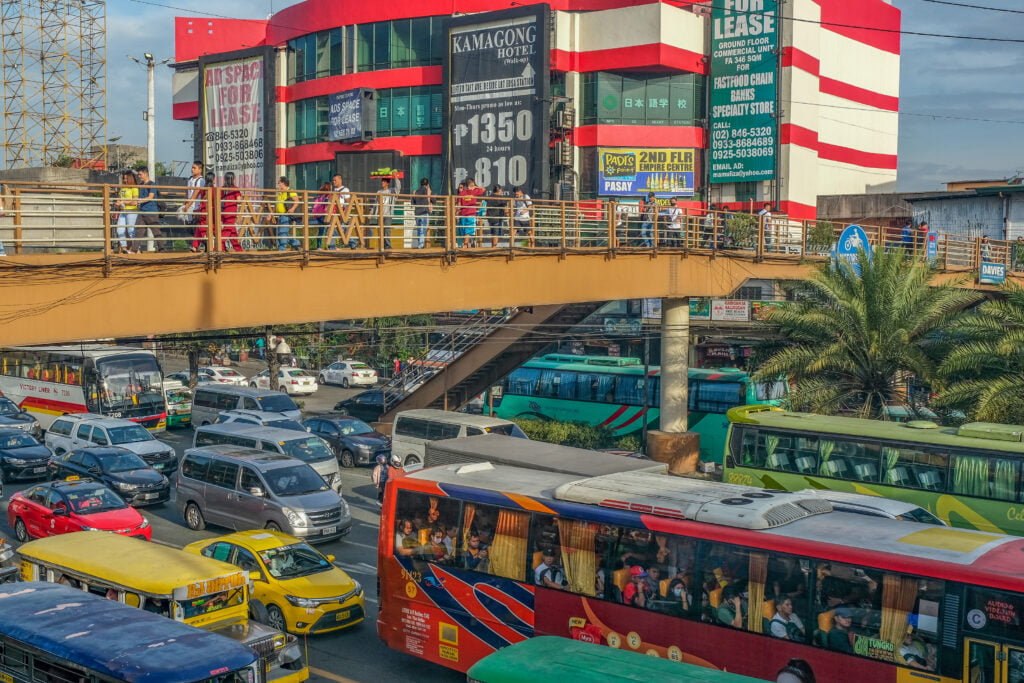Transit Advertising Philippines: Get To Hundreds Of Travelers Daily
Transit Advertising Philippines: Get To Hundreds Of Travelers Daily
Blog Article
An In-depth Assessment of the Techniques and Techniques for Effective Transit Advertising Campaigns
Transit advertising projects use an one-of-a-kind opportunity for brand names to involve with varied target markets in dynamic settings. As we discover these critical parts, it comes to be clear that the course to an impactful transit advertising strategy is both gratifying and complex, elevating the concern of exactly how finest to navigate these intricacies for maximum brand name visibility.
Comprehending Target Demographics
Understanding target demographics is critical for the success of transit ad campaign (Transit Advertising Philippines). Recognizing particular target market segments allows advertisers to customize their messages effectively, making certain that the content reverberates with the intended customers. This approach improves involvement and maximizes return on financial investment
To effectively evaluate target demographics, marketers should take into consideration several essential variables, consisting of age, income degree, line of work, and lifestyle preferences. As an example, a project intended at young specialists might focus on benefit and modernity, while one targeting households could emphasize safety and dependability. In addition, geographic variables such as metropolitan versus country settings can substantially affect customer habits and preferences.
Data collection techniques such as surveys, focus teams, and social media analytics supply beneficial understandings right into market patterns and customer routines. By leveraging this details, marketers can craft compelling narratives that line up with the worths and requirements of their target audience.
Ultimately, comprehending target demographics not just notifies the tactical direction of transportation advertising and marketing projects yet additionally ensures that sources are alloted successfully. This targeted strategy raises the chance of achieving campaign purposes, promoting brand name loyalty, and driving conversions.
Innovative Style Methods
Effective communication with target demographics depends greatly on ingenious creative style strategies en route ad campaign. To efficiently record interest in a congested visual atmosphere, developers need to prioritize quality and visual influence. Using high-contrast aspects and vibrant shades can enhance presence, making sure that messages are easily readable from a distance.
Integrating dynamic imagery that reverberates with the target market is important. Aesthetic narration techniques can evoke feelings and develop memorable associations with the brand name. Moreover, tactical use of typography assists share important details promptly; ideal dimensions and legible fonts further improve readability.
Including interactive components, such as QR codes or increased fact functions, can involve travelers beyond passive observation (Transit Advertising Philippines). These techniques not only advertise individual interaction however also bridge the void between traditional marketing and digital involvement
In addition, making use of room artistically-- whether on bus covers, transportation shelters, or train ads-- can lead to innovative layouts that damage the mold and mildew of standard marketing. By accepting creative imagination while maintaining brand uniformity, projects can cultivate a solid link with their audience, ultimately driving both awareness and activity. The integration of these layout strategies is extremely important for attaining effective transit advertising outcomes.
Strategic Placement Approaches
Optimizing the effect of transit advertising and marketing depends upon tactical placement approaches that guarantee optimal presence and interaction. Effective positioning involves recognizing and examining high-traffic areas guest demographics to determine one of the most helpful locations for advertisement display screens. For example, placing ads near entries and exits of transportation lorries can capture the interest of boarding and touching down passengers, therefore boosting exposure.
Moreover, utilizing both outside and interior surface areas of transit cars can dramatically expand reach. Exterior ads, noticeable during commutes, engage pedestrians and other chauffeurs, while indoor advertisements target travelers in a captive setting. In addition, positioning advertisements en route centers, such as bus terminals or train stations, permits for raised perceptions as travelers change in between different modes of transportation.
Timing is also vital; straightening the campaign launch with peak traveling durations optimizes audience involvement - Transit Advertising Philippines. Moreover, leveraging electronic displays en route environments can facilitate dynamic web content, offering real-time updates and enhancing customer interaction. By utilizing these critical positioning methods, marketers can guarantee that their transit marketing campaign attain optimal visibility, resonate with the target audience, and ultimately drive wanted outcomes

Measuring Project Efficiency
To assess the success of transportation ad campaign, it is important to utilize a range of measurement techniques that give insights into target market interaction and total performance. One key approach is the usage of essential efficiency indications (KPIs), such as reach, impacts, and involvement prices, which evaluate the number of individuals checked out the advertisement and engaged with it.
Studies and emphasis check groups can also contribute in evaluating customer perceptions and recall, permitting marketers to understand the effect of their messaging. Additionally, tracking site traffic and social media sites interaction during and after the campaign assists determine direct responses to the advertising.
An additional efficient method is utilizing location-based analytics, which can offer information on foot web traffic around certain transit areas, supplying insights right into whether the campaign successfully captured the interest of travelers. Moreover, evaluating sales data can expose correlations between transportation advertising and boosted profits, giving tangible evidence of a campaign's efficiency.
Situation Research Studies of Success
Recognizing the effectiveness of transportation advertising projects with dimension techniques lays the foundation for examining real-world instances that illustrate effective results. By employing geo-targeted electronic advertisements and analytics, the brand name measured a 30% rise in sales in areas where the wraps were prominently displayed, demonstrating the straight impact of transportation marketing.
An additional engaging instance originates from a neighborhood not-for-profit organization that launched a campaign on train platforms to promote a community event. The company incorporated vibrant visuals with QR codes directing commuters to an enrollment web page. Post-campaign analysis revealed a 50% boost in event attendance compared to the previous year. The usage of direct involvement through technology magnified the campaign's reach and effectiveness.

Verdict
In recap, successful transportation advertising projects demand a comprehensive approach that incorporates an understanding of target demographics, innovative design methods, and calculated positioning. Jointly, these techniques foster brand visibility and optimize the return on financial investment in transit advertising efforts.
Comprehending target demographics is vital for the success of transportation advertising and marketing projects.Efficient communication here with target demographics depends heavily learn the facts here now on cutting-edge creative layout methods in transportation marketing campaigns. By using these tactical positioning methods, marketing professionals can make certain that their transit advertising and marketing campaigns achieve maximum exposure, resonate with the target audience, and ultimately drive desired outcomes.
Comprehending the performance of transportation marketing projects through dimension techniques lays the groundwork for taking a look at real-world examples that highlight successful outcomes.In recap, successful transit marketing projects demand a detailed approach that incorporates an understanding of target demographics, cutting-edge layout strategies, and critical placement.
Report this page